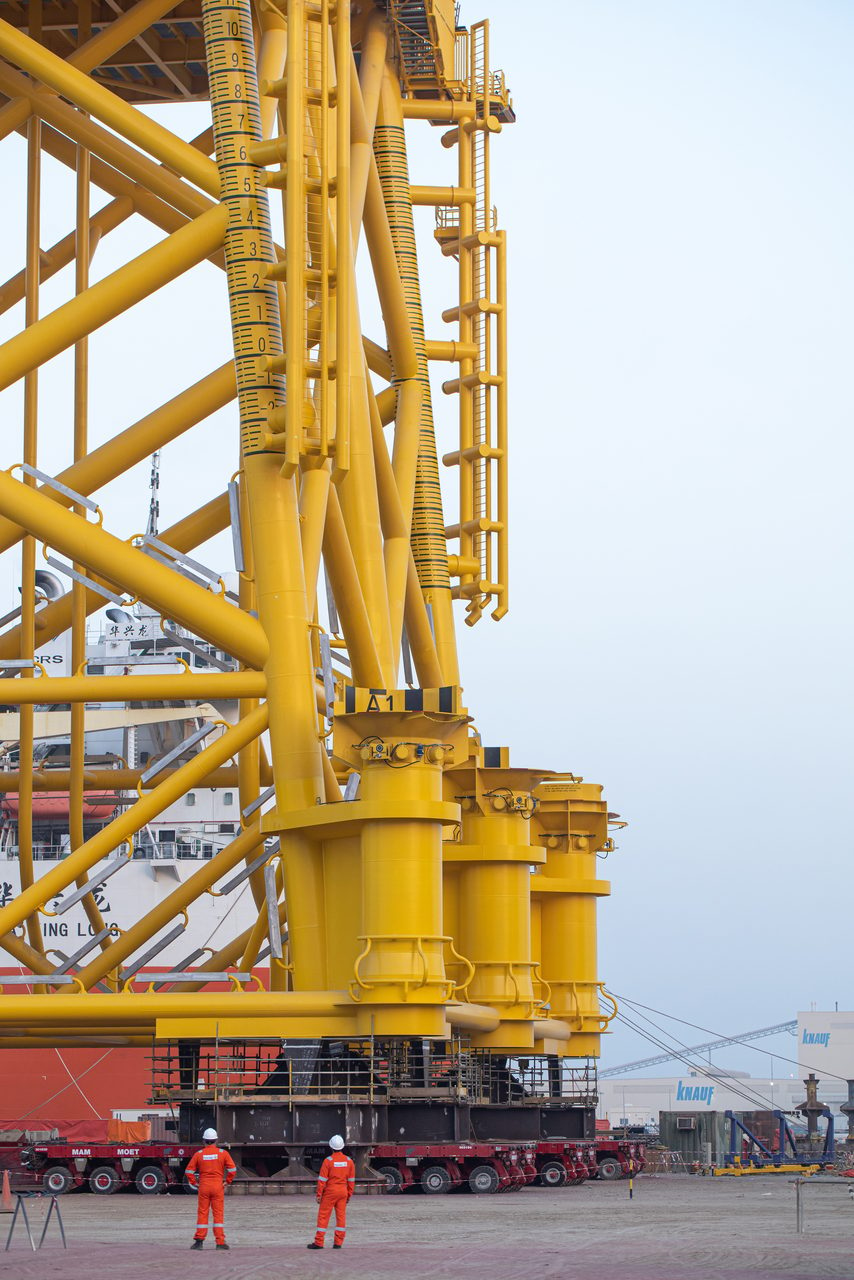MAKING MIRACLES IN OMAN
WORDS CHRISTINA McPHERSON
PUBLISHED OCTOBER 2022
WHere we work
7 things you need to know about the Mumbai office
A CLOSE-KNIT TEAM IN THE CITY OF DREAMS
WHERE WE WORK
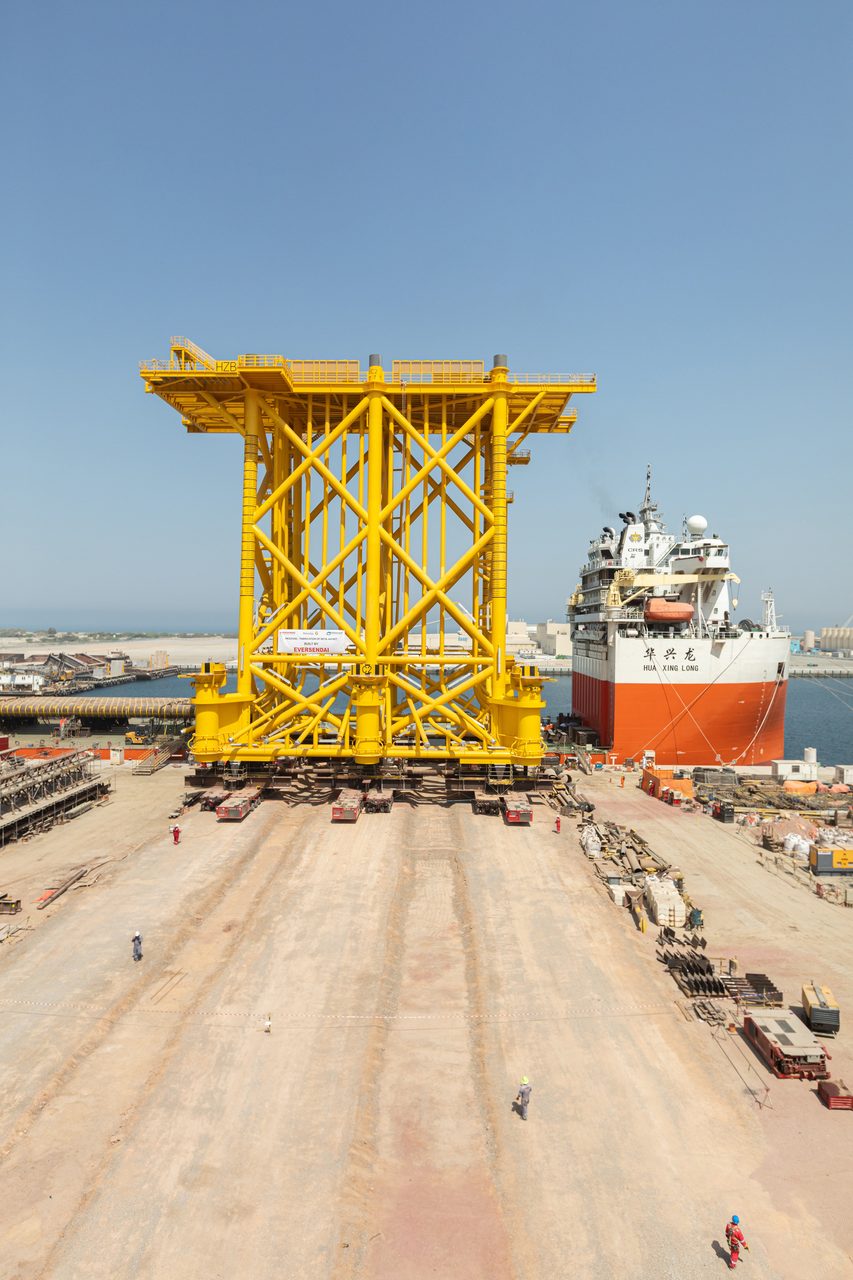
Adam Cheesman is marking one year since moving to Perth in Australia permanently from the UK. As Operations Director he was tasked with growing our business in the region.
“I was sitting in Aberdeen 18 months ago, finalising the strategy for the market entry of our Operations business and growth of the overall business,” he recalls. “To be sat here now and looking back over the past year, we have achieved what we set out to do despite the challenges that Covid-19 has thrown at us.
“We now have a stronger business after putting the foundations for growth in place, we‘ve increased our brand recognition, we have a team that is growing to meet the demands of the new work we have secured. We’re on the right path.”
Antipodean ambitions
THERE’S OPPORTUNITIES APLENTY IN AUSTRALIA AND NEW ZEALAND, AND WE’RE WELL PLACED TO SEIZE THEM – AS OPERATIONS DIRECTOR ADAM CHEESMAN AND REGIONAL DIRECTOR JOSIE PHILIPS EXPLAIN
WORDS CHRISTINA McPHERSON
PUBLISHED SEPTEMBER 2020
WHere we work
The world’s highest waves are thought to be formed in the Atlantic Ocean, south of Iceland, which then come barrelling down the North Sea. The highest single wave ever measured by a fixed installation anywhere in the world was in the North Sea on January 1, 1995 – a terrifying 25.6 metres, three times the size of the tsunami waves that devastated Sri Lanka and Thailand in 2004. So when TenneT entrusted Petrofac with the contracts to design, supply and install the substations for their massive offshore wind farm projects in the North Sea, perhaps the most vital element was the substructure, or jacket, that will need to support the substations for the next 30 years.
Anchored to the seabed, jackets resemble giant, multi-legged, rectangular tables. They’re made to provide a stable, secure and long-lasting base for new high-voltage electricity substations.
For the jackets completed and shipped for the HKZ project this means being able to withstand the worst the North Sea can throw at them.
The jacket trays – or ‘cable decks’ - are the surfacing point for the underwater cables (J-tubes) carrying power from offshore wind turbines into the substations. The substations then ramp up the voltage and transmit it to a land station to be distributed to the relevant national grid.
DESIGNED TO LAST
The process starts with a huge amount of computer analysis and simulation, says Lead Structural Engineer Anand Balasubramanian.
“Each jacket design is unique and there are many variable parameters. We factor into our calculations all the environmental loads and site conditions specific to each location, including water depth, soil type, waves, winds and currents – and how these might change over the next century.”
This data is then used to design the jacket, determine how many piles will be needed for the foundations, what size they need to be and how deep below the seabed they must penetrate. The HKZ jackets, for example, at 50 metres long, 34 metres wide and 44 metres high, are anchored to the seabed by six piles, each weighing 162.5 tonnes. They are buried up to 50 metres deep in the sea bed.
“We also factor in scenarios like, what if a ship collided with our structure? Our simulation enables us to design a jacket that could withstand such a force,” says Anand.
The design also takes into account the fact that the jackets will be loaded onto transportation barges, how long the voyage will be and the potential movement of the barge in the waves from side to side and up and down. Whether the jackets can travel in a vertical or horizontal position (depending on height clearance in the Suez Canal, for example) also has a bearing on the initial design and fabrication sequence.
A major influence is the intended lifespan of the jackets. In the case of the HKZ jacket, that is around 30 years – with minimal maintenance. The platforms will not be manned, so any offshore repairs would be extremely expensive.
“Finally, we have to design each jacket and its foundations in a construction and installation-friendly way. It’s no good coming up with a clever design that ticks all the technical boxes if it’s too complicated or costly to make or put in position,” says Anand.
WHEN IT COMES TO DESIGNING, ENGINEERING, BUILDING AND INSTALLING AN OFFSHORE JACKET THERE’S NO SUCH THING AS ONE SIZE FITS ALL. BUT WHAT EXACTLY IS A JACKET, AND WHAT GOES INTO ITS MANUFACTURE? PETROFACTS SPOKE WITH SOME OF THE TEAM BEHIND THE FABRICATION OF OUR JACKETS FOR TENNET’s HKZ offshore grid connection project TO FIND OUT…
TAILORED TO PERFECTION: THE STORY OF A JACKET
PROJECTS
WORDS RICHARD LOMAX
IMAGES CHRISTOPHE VISEUX
PUBLISHED SEPTEMBER 2021
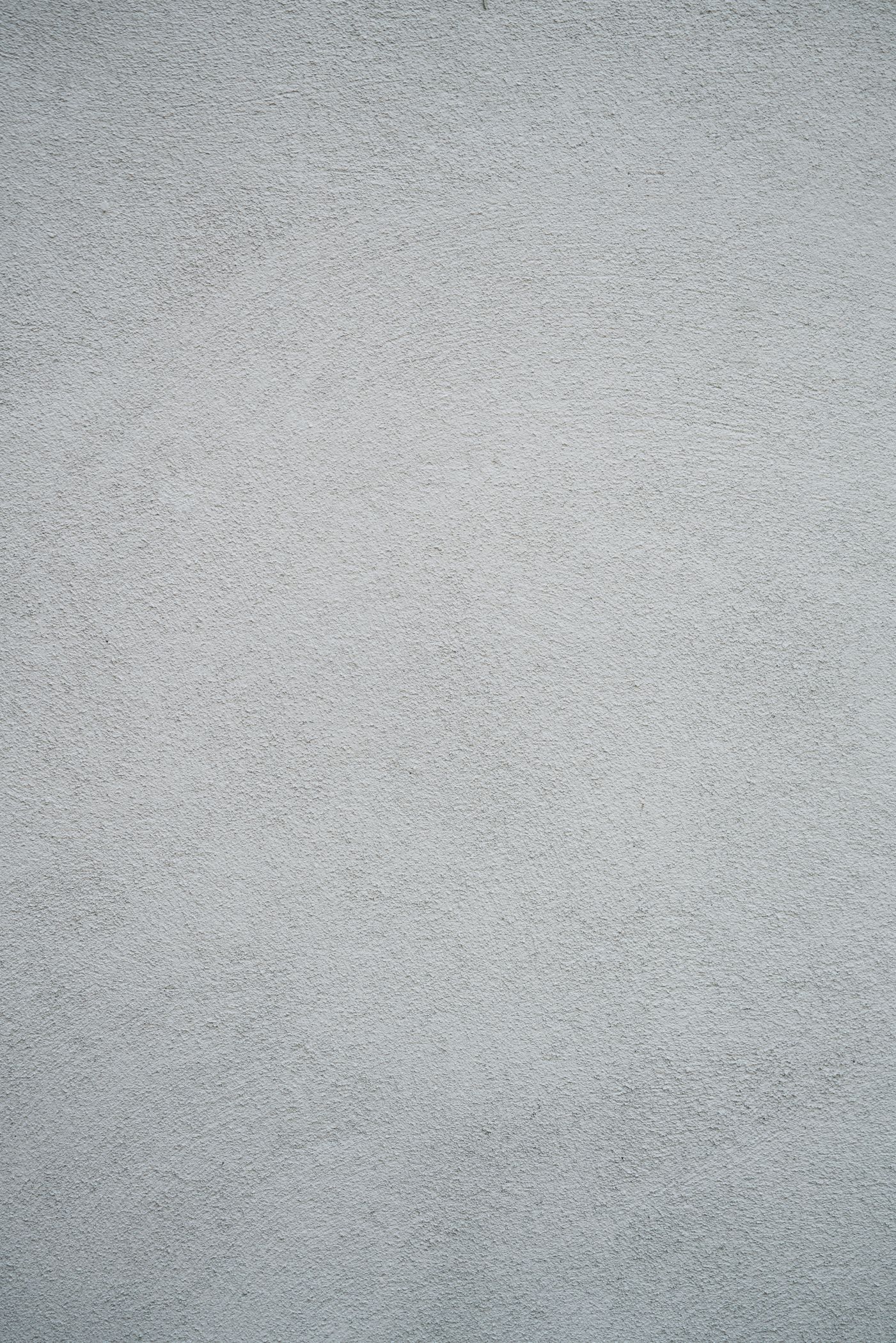
Anand Balasubramanian
A project in Kazakhstan helped to kickstart everything
General Manager Sharad Karnad and Project Engineering Manager Pramod Borkar joined the office in January 2003 only one day apart – on the 14 and 15 January. The office has, of course, changed much since then. Pramod was the sixth person to join and Sharad the seventh – now there are around 500 colleagues, most of whom are engineers covering all disciplines from process, mechanical and piping to electrical, instrumentation and civil/structural. There is also a small support team helping with admin, HR, finance, IT and documentation. Since last year, the team has included other functions – namely procurement, contracts, sub-contracts and project controls all stationed at the Mumbai office. “There were just a few cubicles to begin with,” recalls Sharad. “Over the last 20 years, we have worked on more than 25 projects. A project in Kazakhstan helped to establish the office and it grew from 50 to 500. I remember the dedication of everyone in growing the business.” After joining Petrofac Pramod moved to Sharjah for a short stint, before moving back to Mumbai once the office started to receive more projects – the mechanical engineering department then grew around him. More recently, the Mumbai team led the Thai Oil Clean Oil project. “It was a huge project and a complex brownfield site – delivering the project during Covid was a huge challenge, with 400 people working on it from their homes,” says Pramod. The team are now working on a project to support the expansion of a refinery in Lithuania.
1
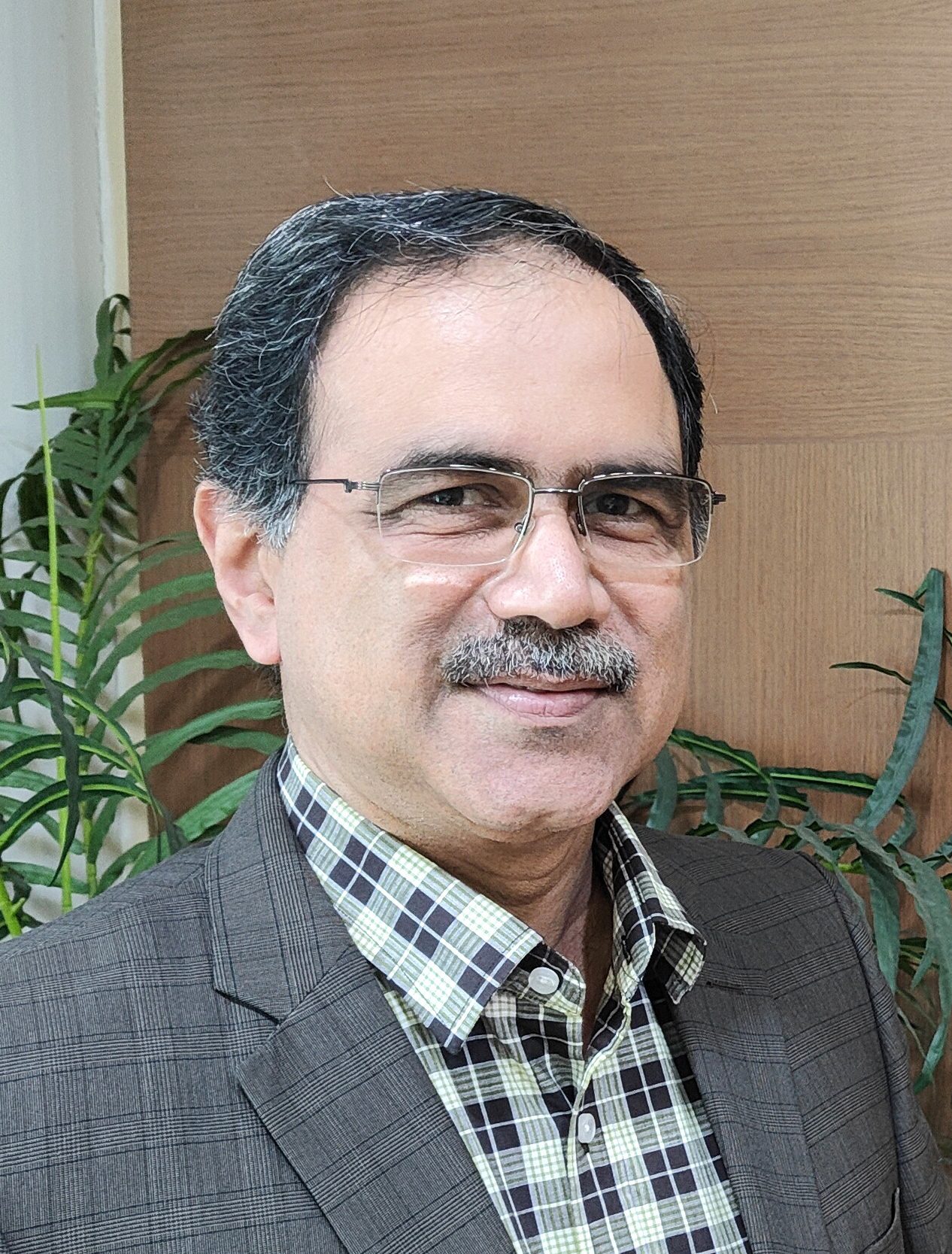
Sharad Karnad
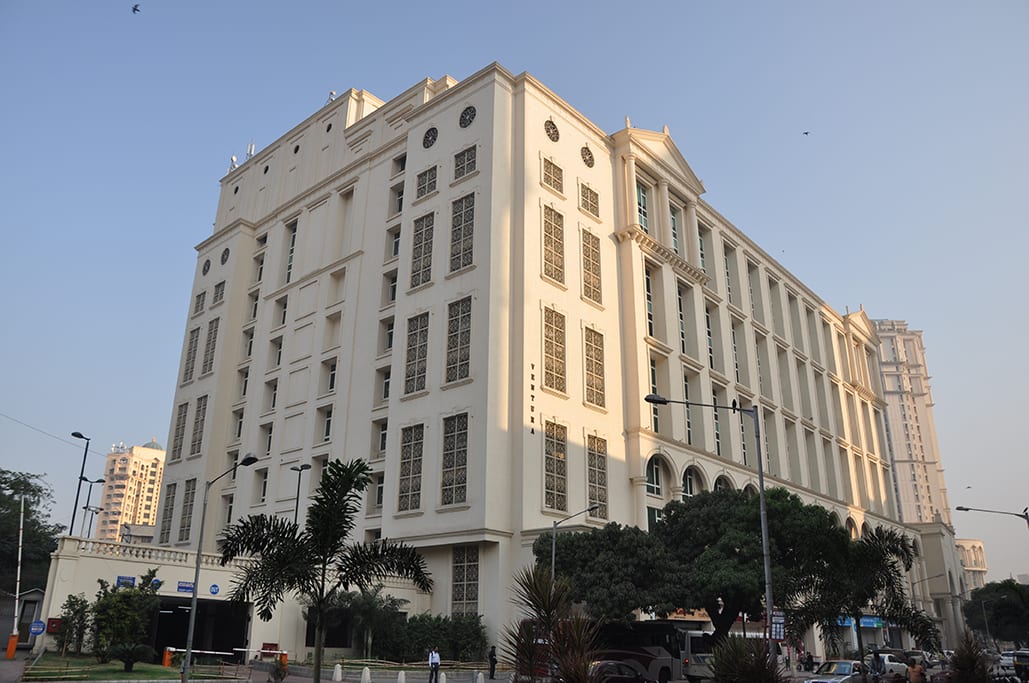
Our office in the Ventura building in Mumbai
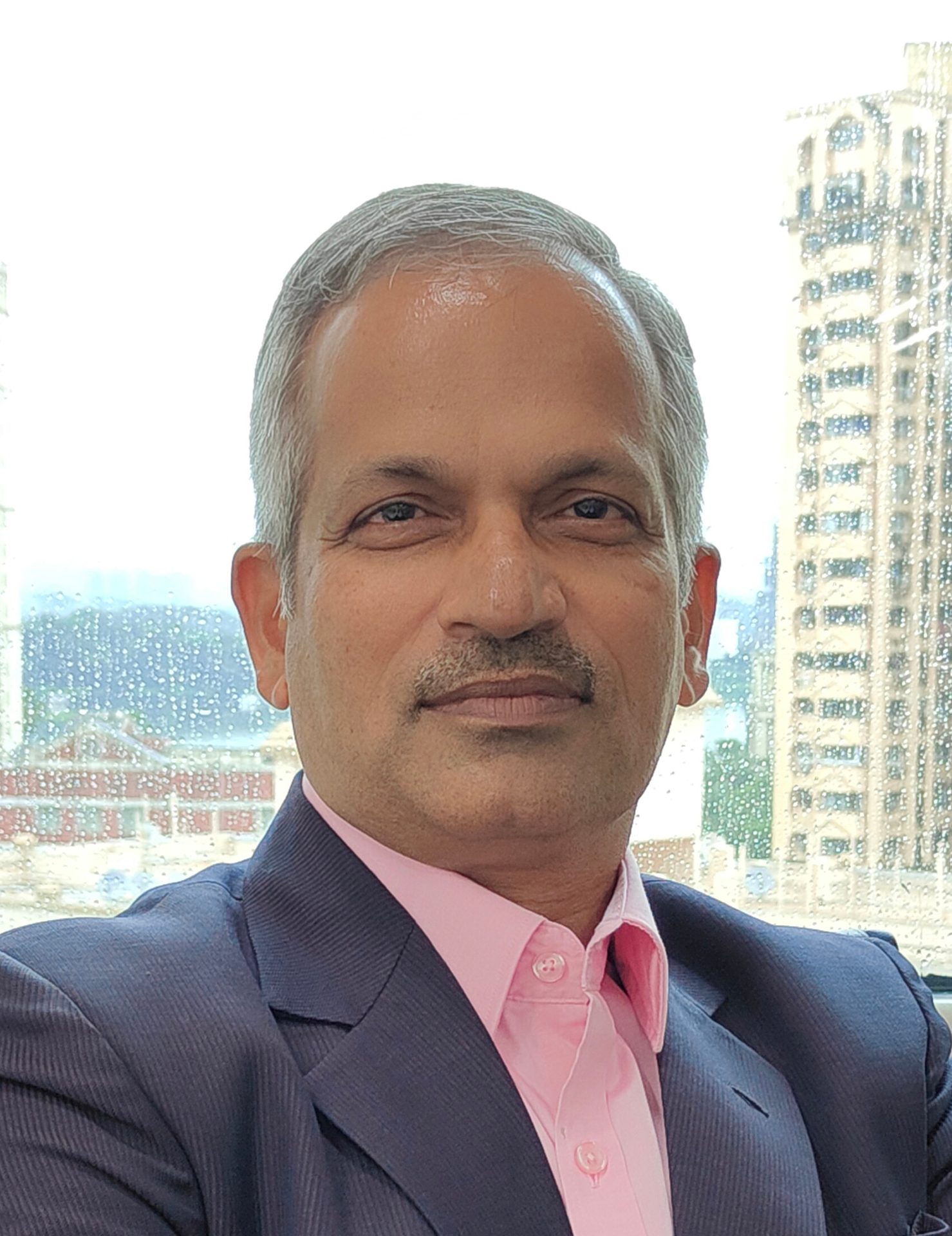
Pramod Borkar
MUMBAI IS KNOWN AS THE CITY OF DREAMS, WELCOMING PEOPLE FROM ACROSS INDIA
The office is in an area of Mumbai called Powai – a business district with many high-end residential areas and overlooking the Powai Lake, a picturesque spot with a large bird sanctuary. Mumbai itself is known as the City of Dreams or Dream City, with many people from in and outside of India moving to the city every day in search of better career prospects. The city is also home to the glamorous world of Bollywood, one of the largest film industries globally. “I didn’t grow up in Mumbai,” adds Sharad. “I came to the city 30 years back and fell in love with it. I knew the moment I arrived I had to stay here. The architecture, the people, it’s a real cosmopolitan place.”
2
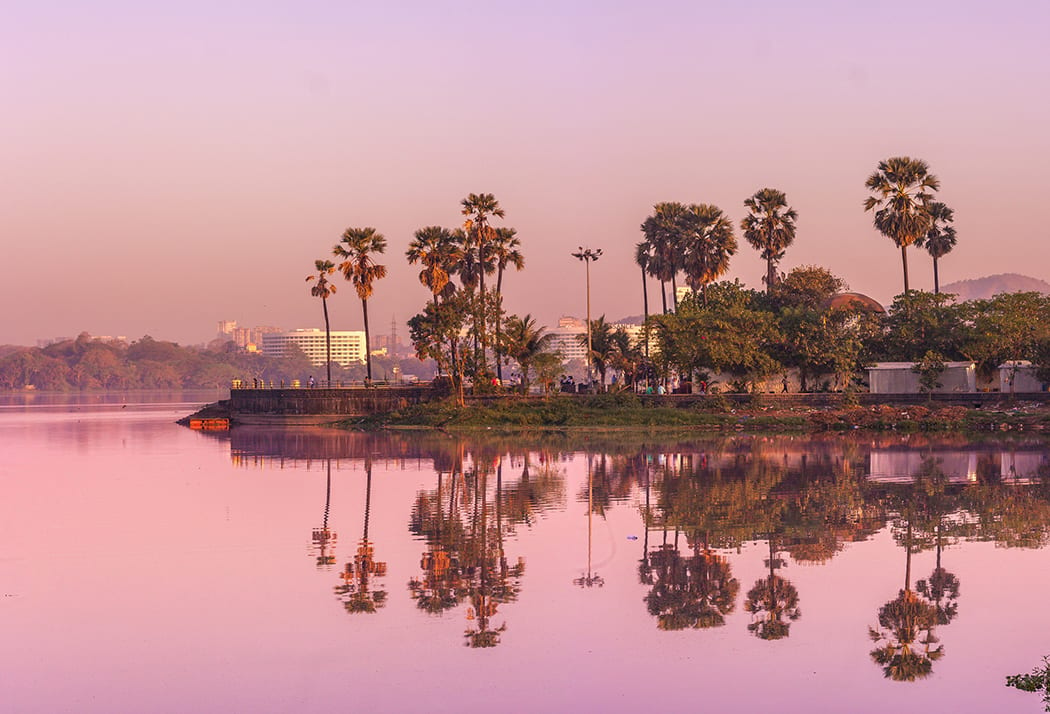
Powai Lake is one of the city’s prettiest spots
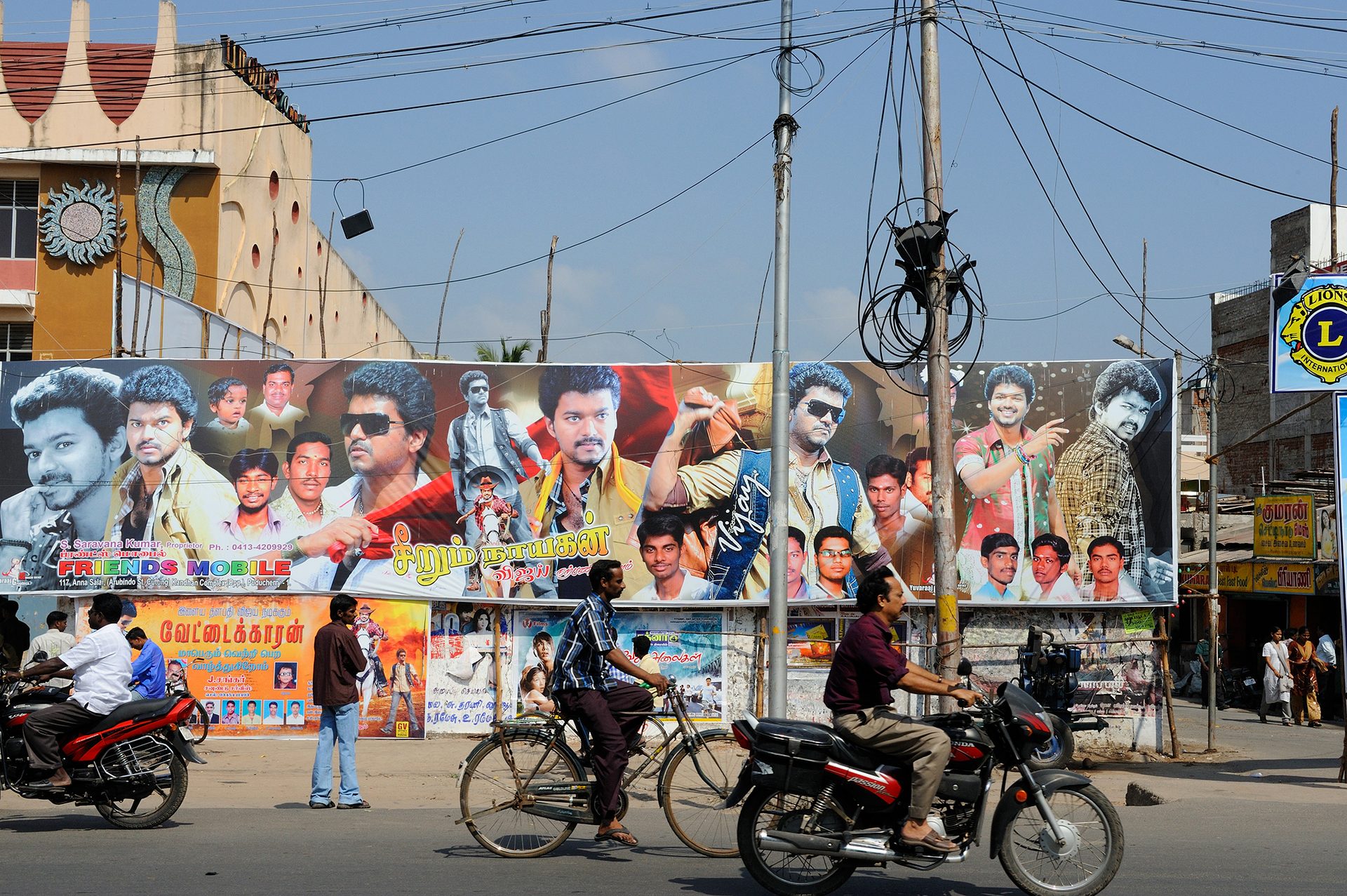
THE OFFICE IS FULL OF LONG-SERVERS, WITH THE AVERAGE TIME PEOPLE HAVE WORKED IN THE OFFICE BEING TEN YEARS
Like Pramod and Sharad, many of our colleagues have worked in the office from the very beginning. Tarak Panchal joined as a piping engineer in 2005 when it was still very small. “It was fun, as we helped the management to set up the office and were asked what facilities we’d like. Everyone was new to each other. There were lots of late nights at the beginning!” he remembers. After a couple of years Tarak left for a new role in Singapore, but soon returned to Mumbai. “My old boss said I was more than welcome to come back,” he recalls. “There are so many opportunities here and after undertaking many different roles in piping, I’m now working as a project engineer. The work culture is very good and everyone is friendly, I can go to senior managers any time and there are no barriers.”
3
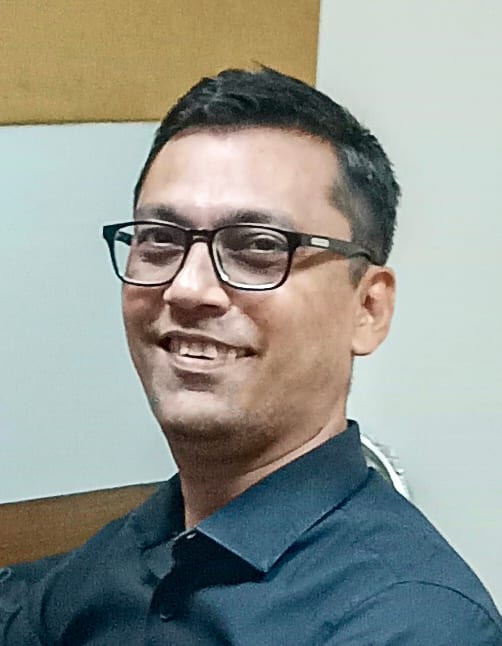
“The work culture is very good and everyone is friendly.”
Tarak Panchal
MANY FESTIVALS ARE CELEBRATED IN THE OFFICE, HELPING TO CREATE A FEELING OF COMMUNITY
The cosmopolitan nature of Mumbai means that many different festivals are marked throughout the year, including Holi, Diwali, Eid and Christmas. “Many different communities live and celebrate together. It’s very special. It’s a place that has attracted people from all over the country,” says Sharad. In September, the team marked the Hindu festival, Navratri, which celebrates the Mother Goddess Durga who killed the demon Mahishasura in a battle that lasted nine days. Each day is represented by a different colour and many people will wear an outfit in the corresponding colour as a mark of respect. The office also holds an annual, family day called Parampara (the Hindi word for tradition), where people showcase their talents from singing to dancing. In December, Christmas is celebrated with a cake-cutting and a few years ago, they even had a fun fair with stalls selling sweets and cakes. While, in August, it was Indian Independence Day and they celebrated the day in the office with a programme of flag hoisting, poetry and singing.
4

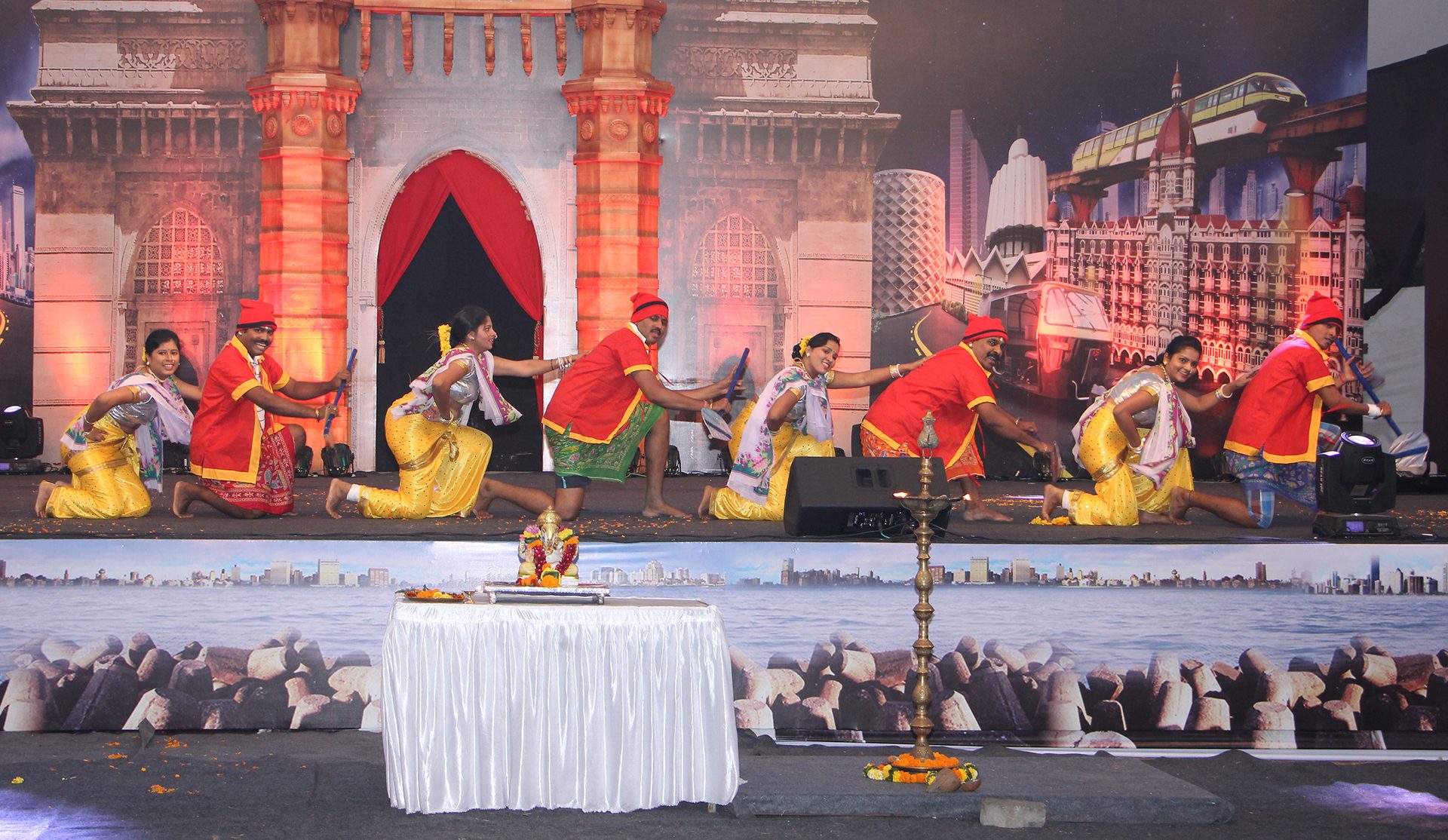
Colleagues marking our annual family day known as Parampara in 2015
THE OFFICE HAS NURTURED AND IS STILL NURTURING THE ENGINEERS OF THE FUTURE
Seventeen years ago, Chitra Prakash was selected in the first batch of graduate trainees to join the Mumbai office’s process department. “The process department was being set up,” she recalls. “We were initially sent to Sharjah for training and since then I’ve progressed from graduate engineer to design engineer to principal engineer. I’m currently senior principal engineer, handling the close-out activities for two projects, a Gathering Centre in Kuwait and a Central Processing Facility project in Algeria. The journey has been wonderful.” She says she works with a close-knit team: “If I have any concerns, I can easily discuss them with the team, and they are ready to help me out any time.” While many of her colleagues are stalwarts of the Mumbai office, Swarali Katdare, Design Engineer, joined just three years ago. Petrofac was looking for graduate trainee engineers, but as Swarali already had a few months of experience at another company following university, a new position of graduate engineer was created for her. “I’ve always been passionate about mechanical engineering; in school there was no back-up plan. I said I want to do this and I will be doing it. So, Petrofac has been a dream company for me. Seeing the impact we make on society is rewarding – I can actually show my family what I’ve helped to design. It’s incredible, we design 63 metre tall columns and I’m not even 6ft!”
5
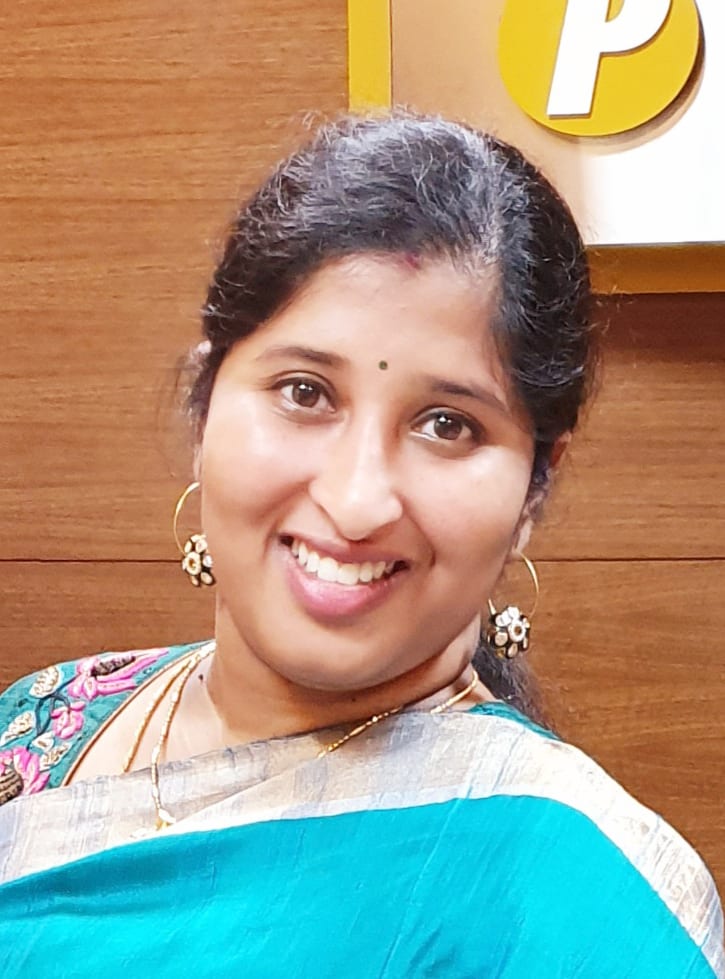

Swarali Katdare
“If I have any concerns, I can easily discuss them with the team.”
Chitra Prakash
COLLEAGUES HAVE CYCLED 8,000 KM AROUND INDIA, FROM MUMBAI TO GOA, KANYAKUMARI, KOLKATA, DELHI, AND BACK TO MUMBAI
Rajendra Dusharekar’s journey with Petrofac began in 1998. As well as Mumbai he’s had stints in Sharjah and on site in Abu Dhabi, Iran and Kuwait, offering non-technical support across projects with a focus on quality. He returned to the Mumbai office in 2005 and now leads the administration department as manager. This means he’s also involved in many different activities like organising events. “I’m happy to take on challenges and I always want to help people and can never say no,” he says. With Pramod, he is part of the office’s cycling team, which does regular bike rides across the country – they will be cycling 800 miles around Gujarat in December. He’s always been keen on keeping fit, also taking part in the Mumbai marathon for five years in a row. “It’s important to balance your work life, family life and personal life,” he says.
6
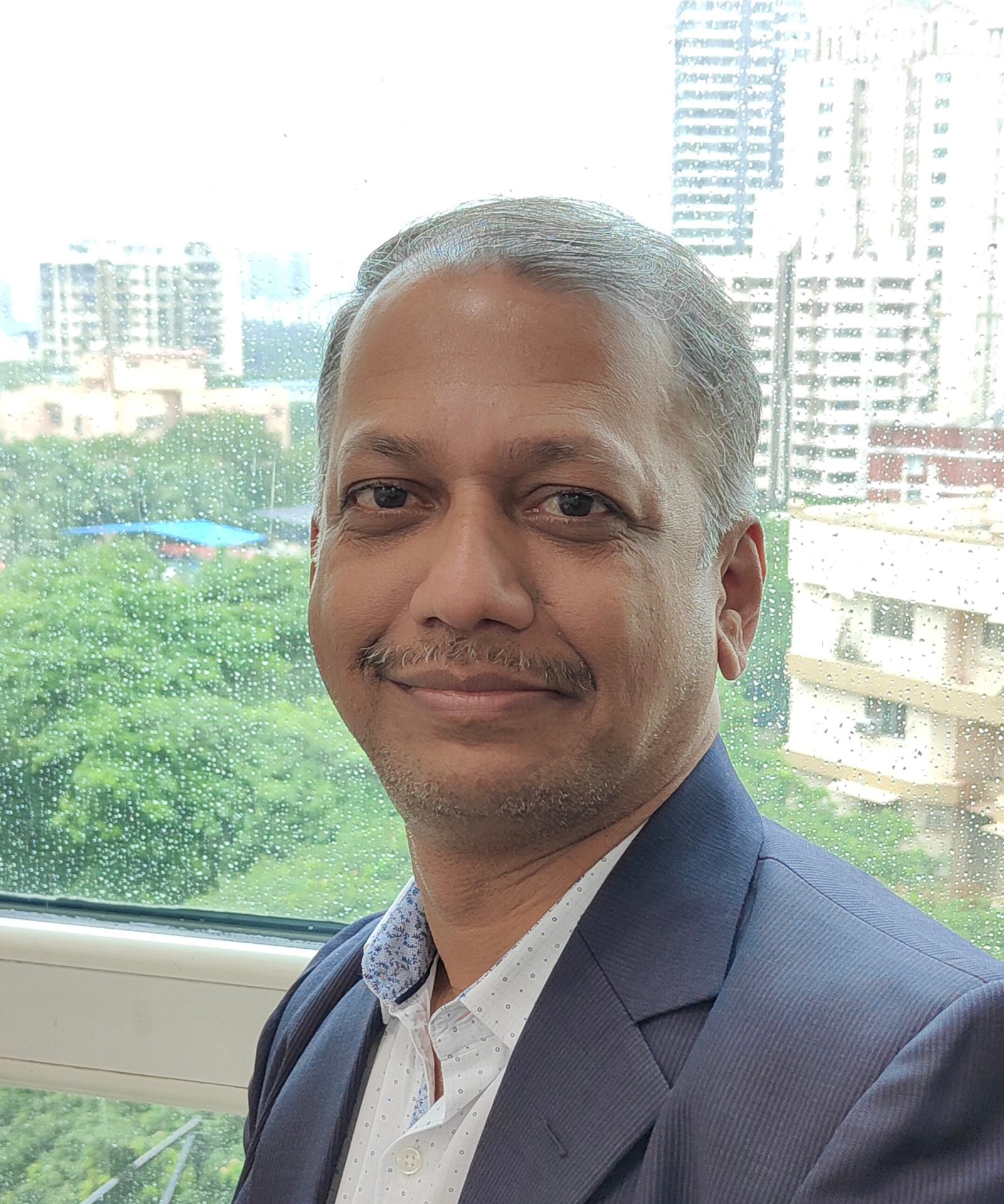
Rajendra Dusharekar
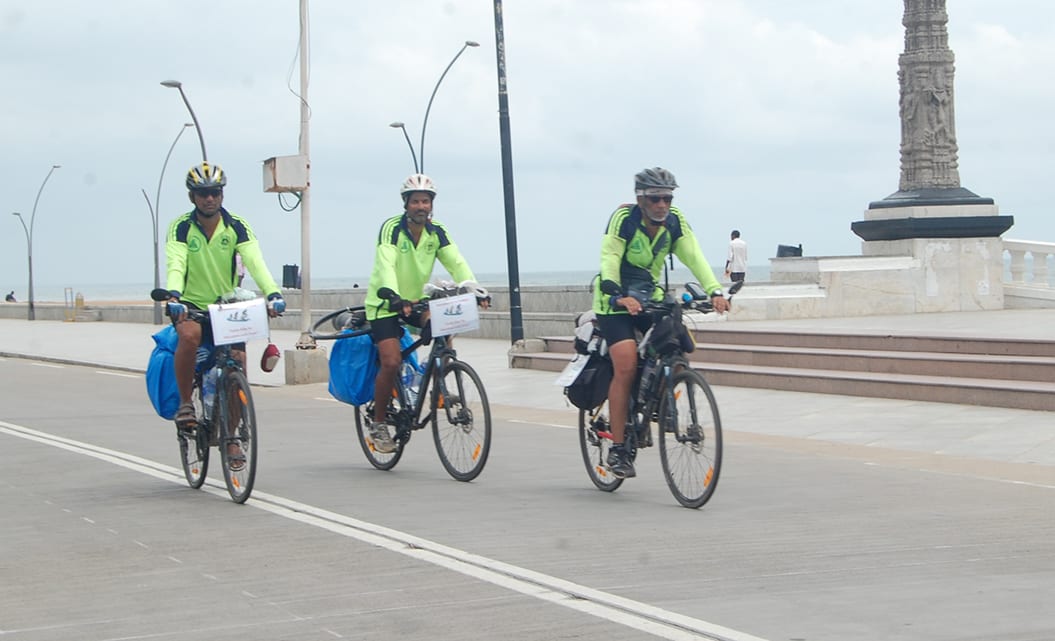
Cycling from Kanyakumari to Kolkata in 2015
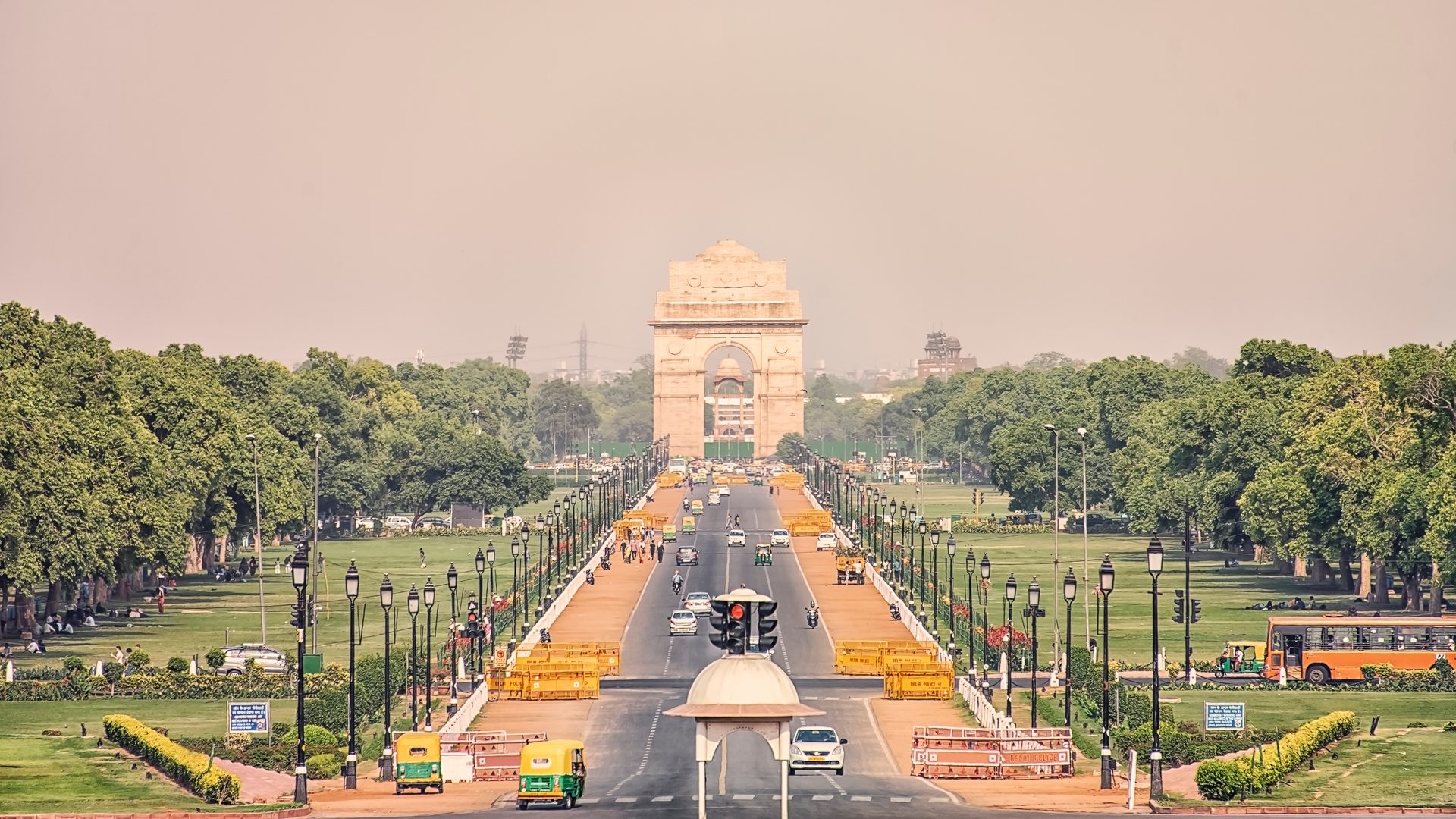
THERE’S ALWAYS TIME FOR YOGA, TOO
There has always been a strong focus on health, wellbeing and corporate social responsibility in the office. There’s regular interdisciplinary cricket competitions and soccer tournaments. Over the years, many colleagues have taken part in treks in the mountain range near Mumbai called the Western Ghats. Single-use plastic is now banned in the office with all colleagues supplied with metal water bottles. More recently, Sharad – aware of the dangers of sedentary lifestyles – has encouraged colleagues to take time out at 11am and 3pm to do yoga and stretching exercises in the office hall.
7
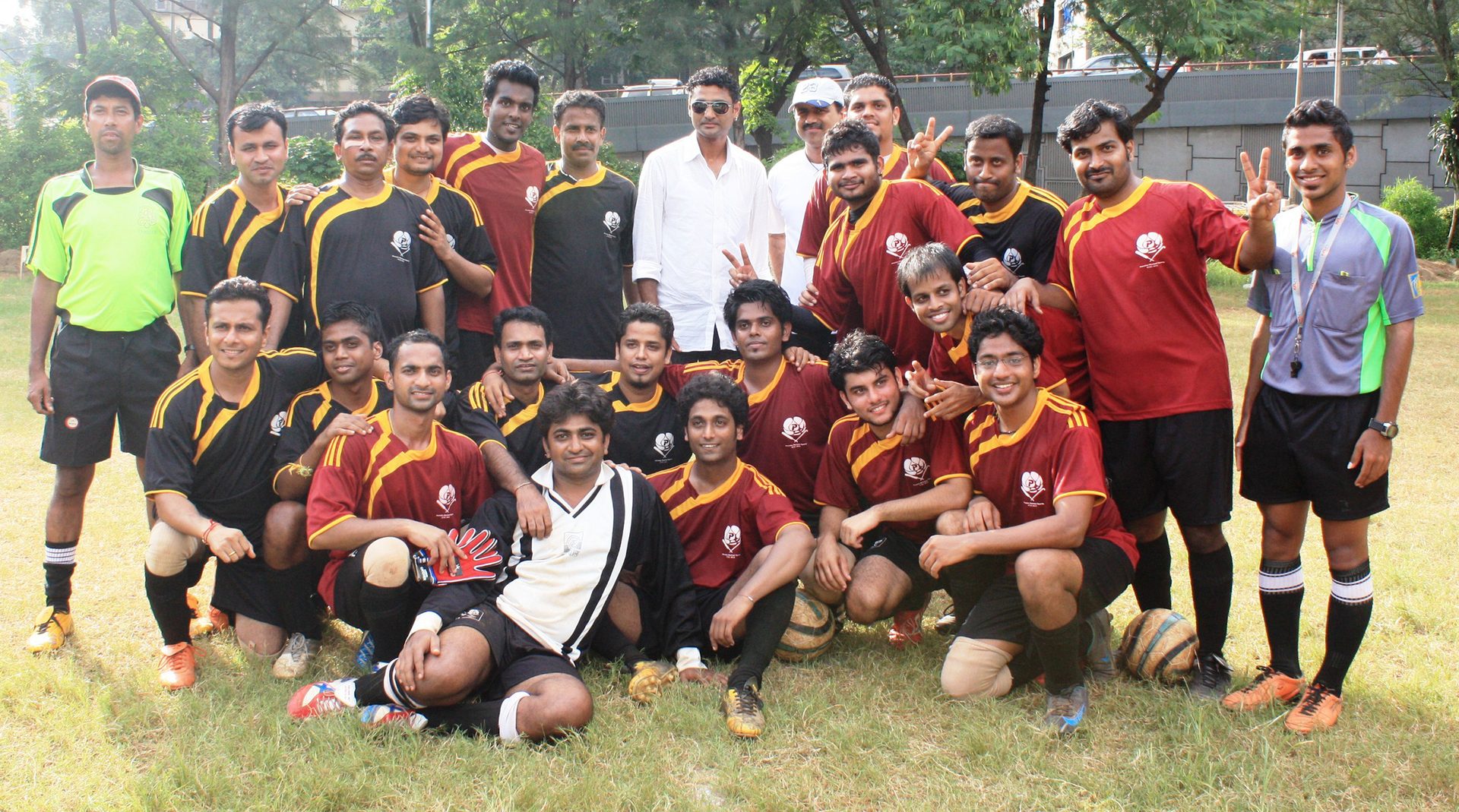
There’s no shortage of sports to get involved in
MAKING MIRACLES IN OMAN
WORDS CHRISTINA McPHERSON
PUBLISHED AUGUST 2022
WHere we work
7 things you need to know about the Mumbai office
A CLOSE-KNIT TEAM IN THE CITY OF DREAMS
PEOPLE
THE PERFECT FIT
Dimension control is a key specialist task. The HKZ jackets and topsides, for example, are constructed in separate yards and won’t come together until they are positioned offshore – by which time of course it would be too late, certainly too expensive, to correct any misalignment.
“We took zero chances,” says Project Quality Manager Mostafa Henawy. “They have to be a perfect fit and the experts were able to test this in both yards by real time analysis using virtual assembly software “Spatial Analyzer”.”
Mostafa has been on site from day one, acting as the liaison point between subcontractor and client. “The client well defined requirements and was closely involved at every stage of the project – from material cutting and pre-fabrication to jacket assembly and welding testing,” he says.
“Jointly we had full focus on meeting the highest standards so that these unmanned platforms would keep functioning for 30 years.” And so the next time there’s a once-in-100 years storm event in what is one of the world’s roughest seas, everyone involved can perhaps sleep that little more soundly.

Mostafa Henawy


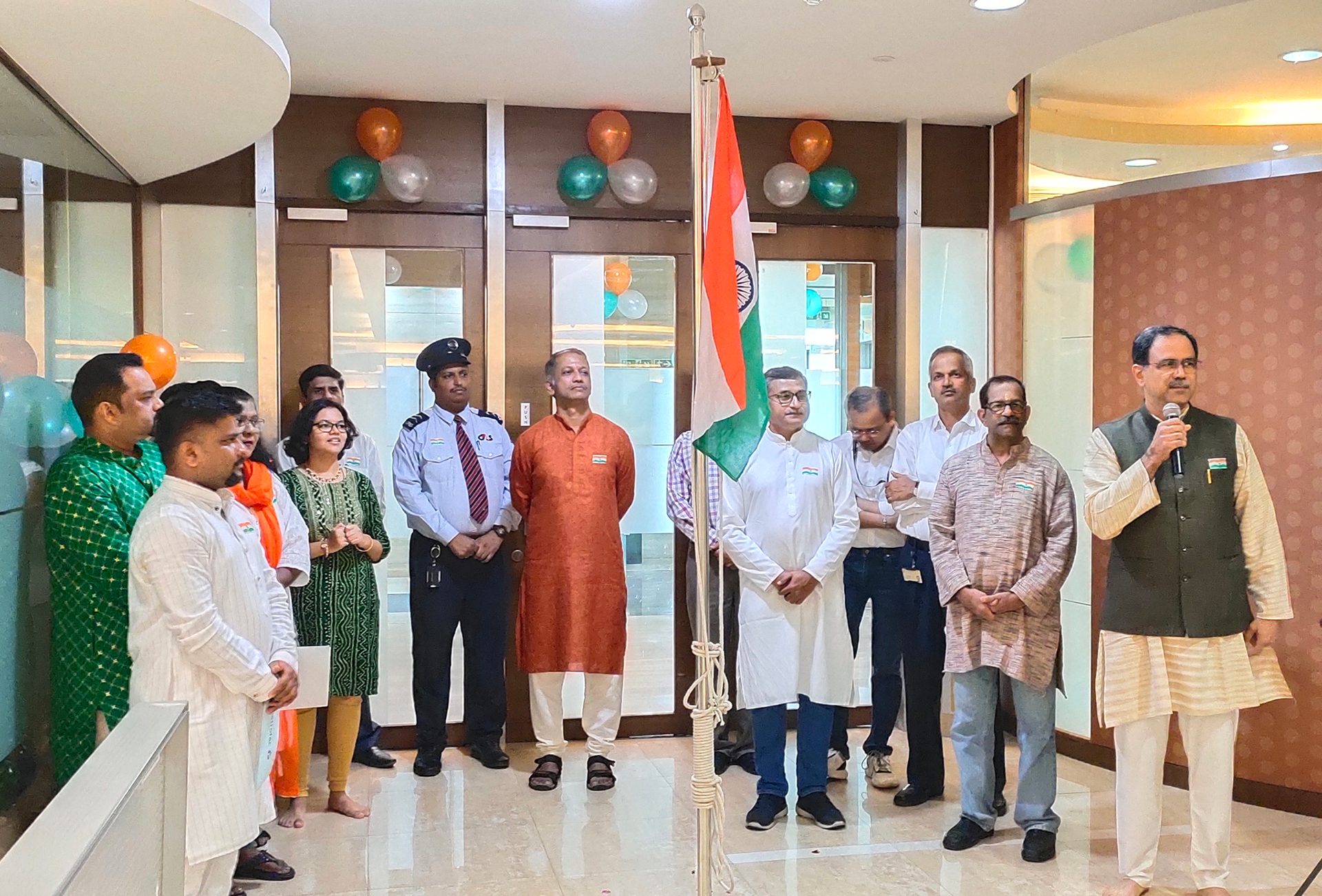
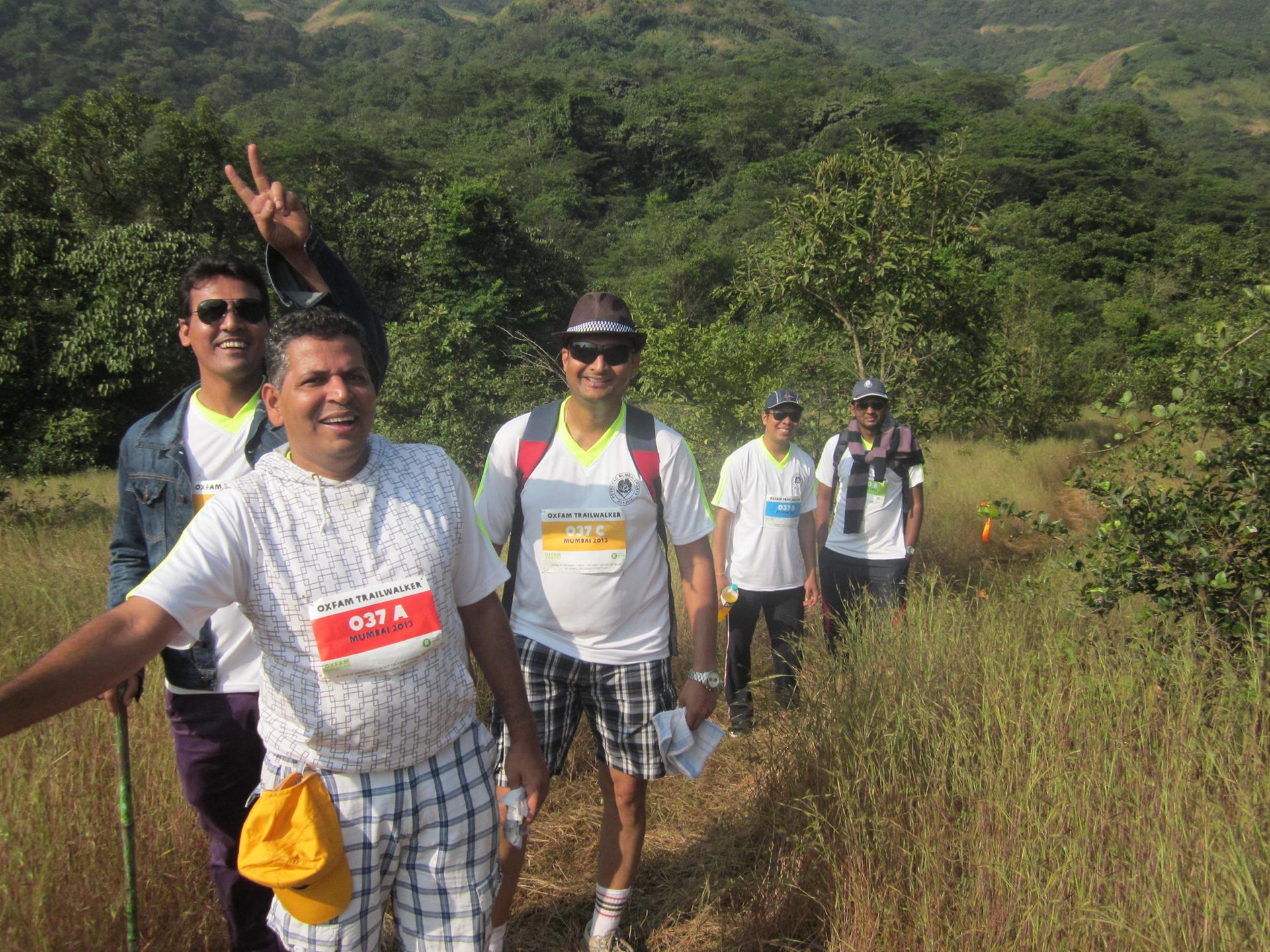
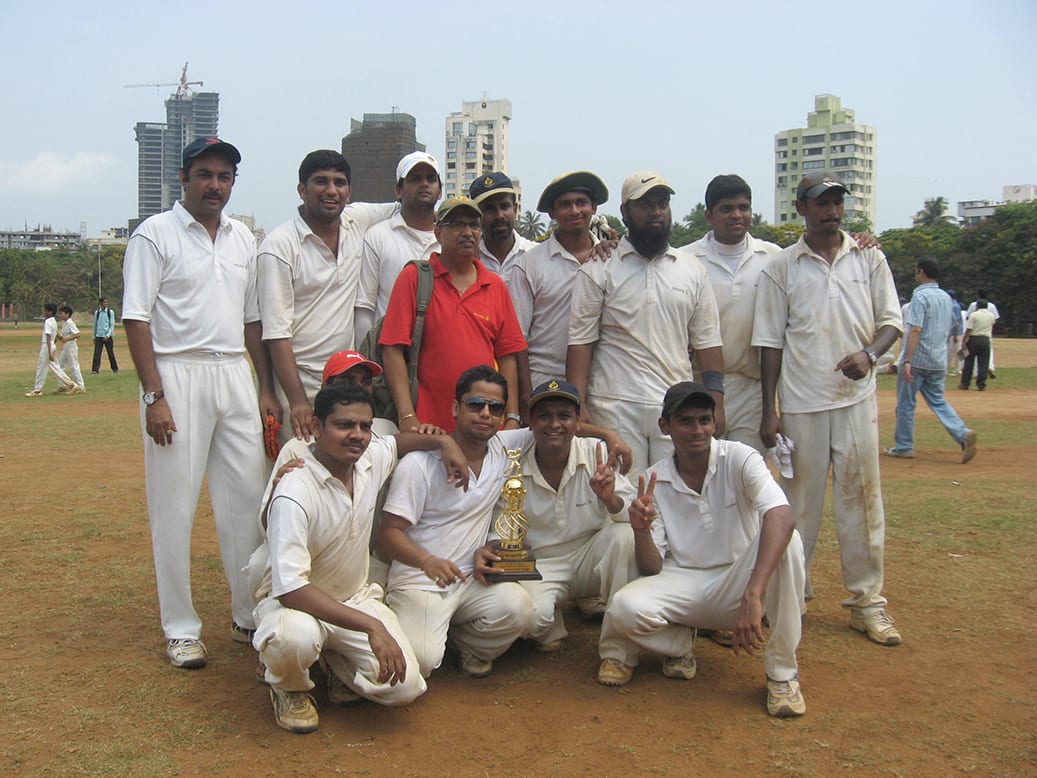
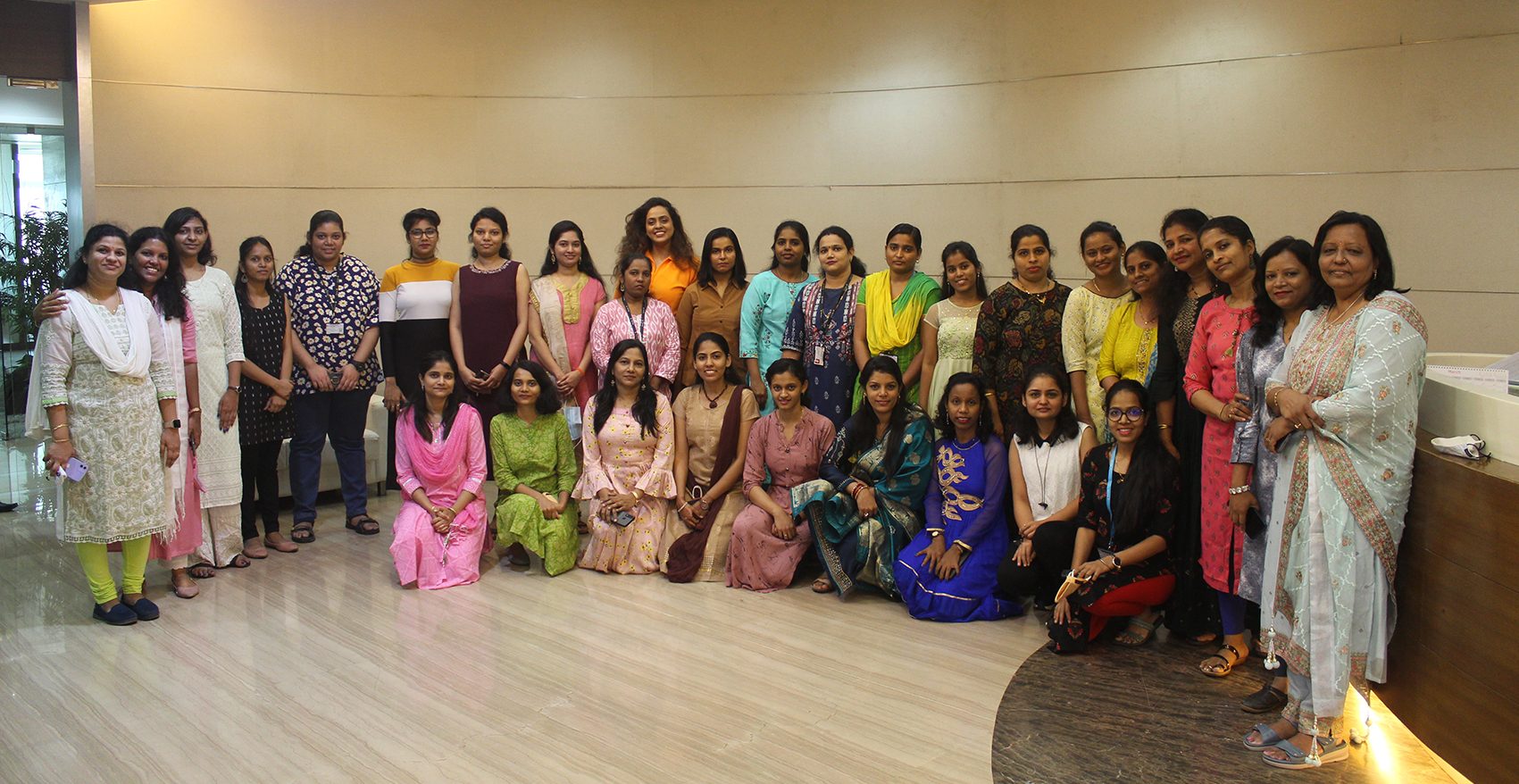
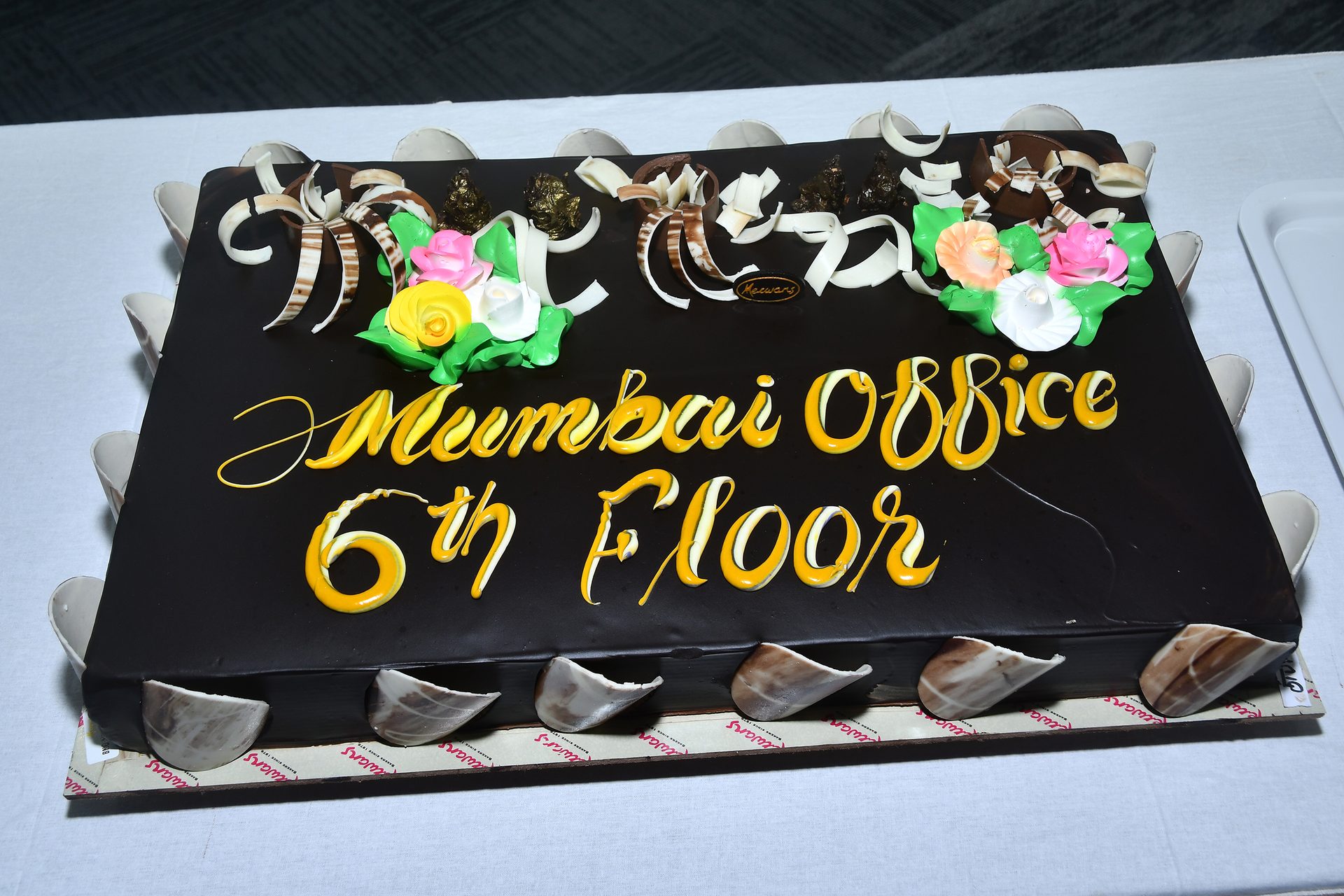
A few more highlights over the years
“Each of the HKZ jackets took about a year to make, but many of those months coincided with the pandemic’s peak,” recalls Project Manager Abdulrahman Dandachi. “We were at the final assembly stage of the first jacket when Covid struck worldwide. Suddenly, we couldn’t get materials through the usual routes or modes of transport. We couldn’t fly in suppliers or experts for final commissions or testing. We struggled to mobilise equipment, like the giant cranes that handle heavy lifts.”
Lockdowns, restrictions, delays, quarantines and travel bans across the world threatened to throw the project off course, so the team had to be innovative, seeking out new routes and scouring the local market for products and expertise.
“We had virus cases most days. On one occasion we had to evacuate everybody and apply all the protocols. This meant mass testing of more than 700 people in two days, contact tracing for those testing positive and quarantining. We took all the precautions and followed all the rules, but we didn’t have to close the yard – not for a single day. We kept driving towards our deadline.”
“We would have faced huge costs if we didn’t load the jacket onto the barge in time but for every challenge, we had a Plan B. It was the ultimate test of our capabilities and will, but we managed to pull it off.”
COPING WITH ADVERSITY
